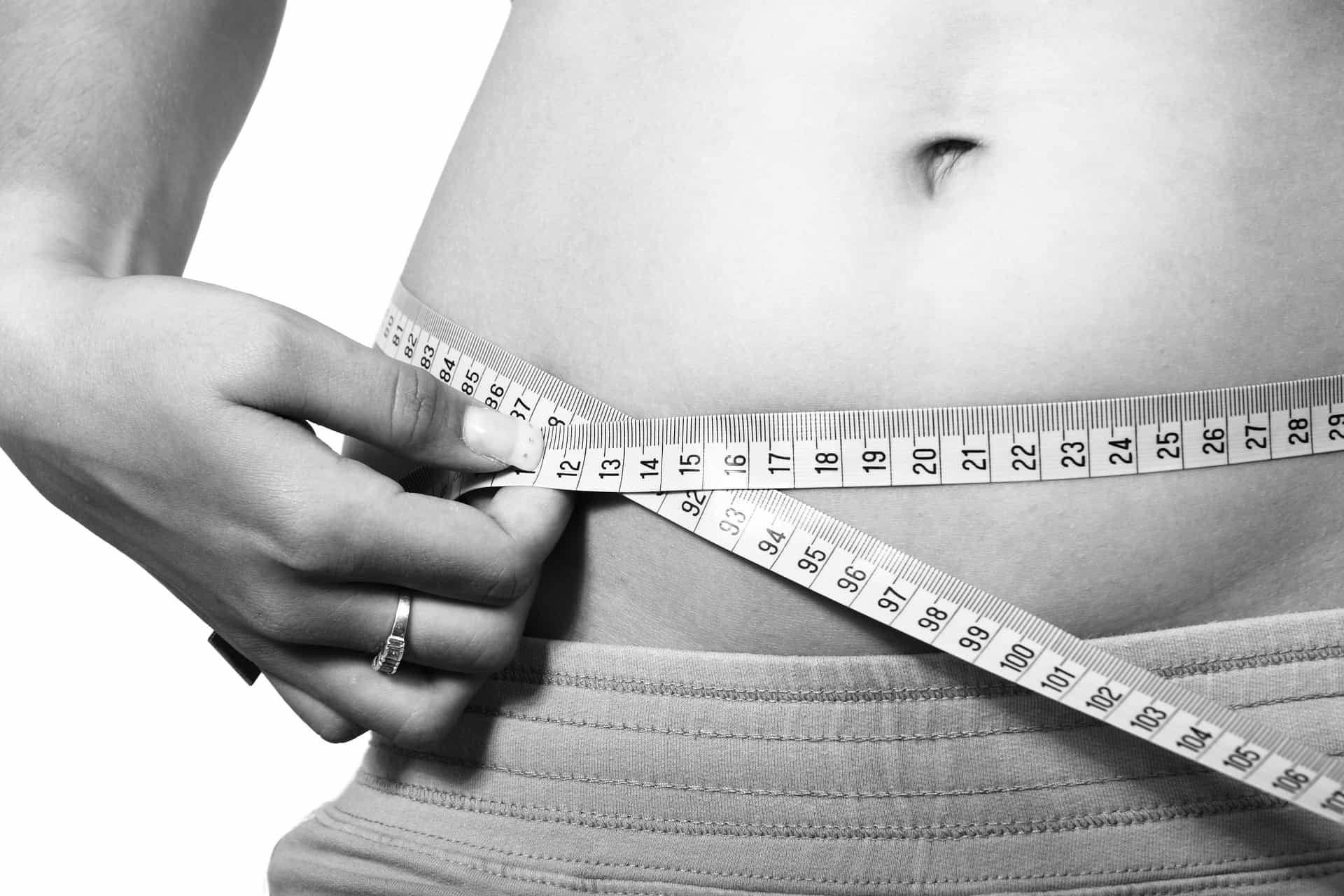
For anyone with an interest in fitness, body fat is a central issue. What it is, where it comes from and how to lose it are the main questions we have been asking ourselves and others. It is essential to understand which nutrients turns into body fat, in order to control it and get rid of it as efficiently as possible.
How are fats formed in your body?
First of all, let’s have a closer look at how fats are formed in your body. Fat formation is a very natural process, that you need to understand and control to remain fit. The fat that we absorb as we eat gets transformed into fatty acids. If there are more fatty acids than needed, our body stores these fatty acids as body fat.
How dietary fat becomes body fat
Dietary fat is very important, as it gives us fuel for our muscles. However, when too much dietary fat enters the body and is not needed, the dietary fat becomes adipose tissue. Of the three macros, fat, carbs, and protein, dietary fat is the easiest for your body to store as body fat. That’s because it doesn’t require any special chemical processes before it’s ready for storage. In fact, it only 3% of the energy from the fat you eat to convert it to body fat(1). By far it is much, much easier for your body to convert dietary fat to body fat than it is to transform carbs or protein into fat.
How carbs become body fat
Carbohydrates, which are essentially dairy products, fruits, grains, legumes and all plant-based protein, are vital to us. When we absorb carbs, they turn into glucose that can either be used as fuel, or turns into body fat. However, carbs have an underserved bad reputation when it comes to creating body fat. As a matter of fact, some studies have shown that carbs are not as scary as we might believe.
As fruits are part of the carbs family, it is important to have a closer look at the fructose metabolism in humans. As an example, the isotopic tracer studies tells us that fructose consumption is not as dreadful as it has been said, and that less than 1% of fructose consumption turns into body fat. Also, there have been studies conducted on glycogen storage capacity and de novo lipogenesis during massive carbohydrate overfeeding in man. Lipogenesis being the generation of body fat, the idea was to see how long it would take for an overfed body to turn carbohydrates into body fat. Researchers have observed that it was only after 5 days of 1,000 grams of carbs and 5,000 calories per day that the carbs were getting converted into fat (de novo lipogenesis).
To summarize, studies on how human body is able to process carbohydrates have proven that carbs don’t easily turn into body fat. They actually bring to the body a lot, while creating little adipose tissue.
How protein becomes body fat
On the other hand, proteins are processed differently. When the body is done dealing with carbs, it turns to proteins, that become energy to power muscles. However, once again, if the intake amount exceeds the amount needed, protein amino acids will become body fat.
Which macro is easiest for your body to turn into fat?
The three macronutrients, carbohydrates, proteins and fats, are necessary for our body to function. However, not all three have the same effect on your body shape. While proteins and carbs are easier to burn when we exercise, fat tends to turn into body fat and be stored…well, we know where: tights, hips, etc. Having body fat is normal, but in order to stay fit, you will want to get it out of your body.
How does fat come out of your body?
To get the fat out of your body, the easiest way is to exercise. When you do, your body starts breaking down the stored body fat, using a hormone called lipase. The body will then turn your fat into carbon dioxide, water and heat. Carbon dioxide will be exhaled, water will leave the body in the form of sweat and urine, and the heat will spread through your body. Fat does not magically disappears from your body, it is transformed and eliminated in various ways. Unfortunately, it is hard to aim precisely at a specific body area to lose weight.
Where is the first place and where is the last place you lose fat?
In fact, it is more the body who chooses where we will lose fat than us. First of all, we don’t all lose fat the same way, so it is hard to predict how each person is going to start losing body fat. It is important to keep in might that the most recent fat will be the first to disappear, and the more settled the fat, the harder to get rid of.
In a nutshell – and yes, nuts are fat – carbs are not that scary and take a long time to turn into body fat. The best way to stay fit is eating healthy, and avoiding absorbing too much fats. However, your body needs all three micronutrients to function. The perfect combo is a healthy, balanced diet with enough carbs, proteins and fats, and regular exercise. It is only by working out that your body will be able to get rid of the fat, starting with the body fat you’ve gained the most recently.
References